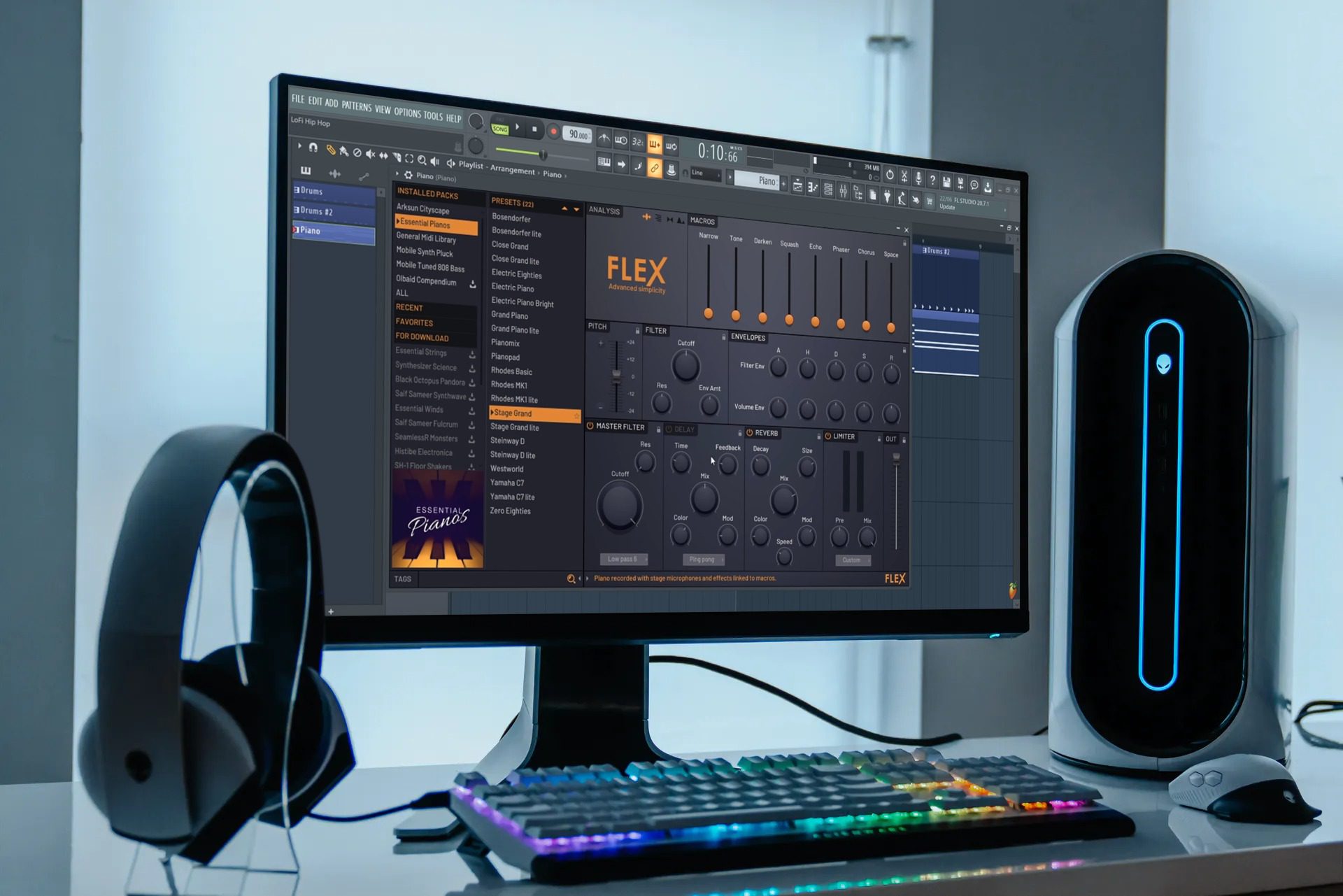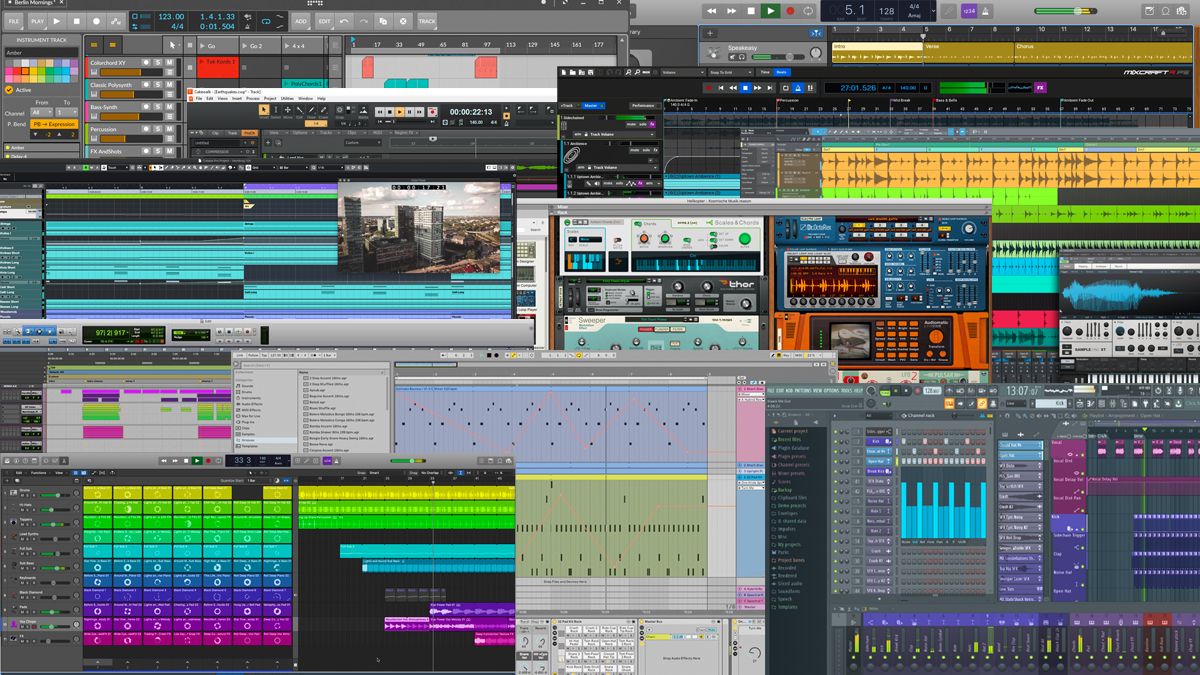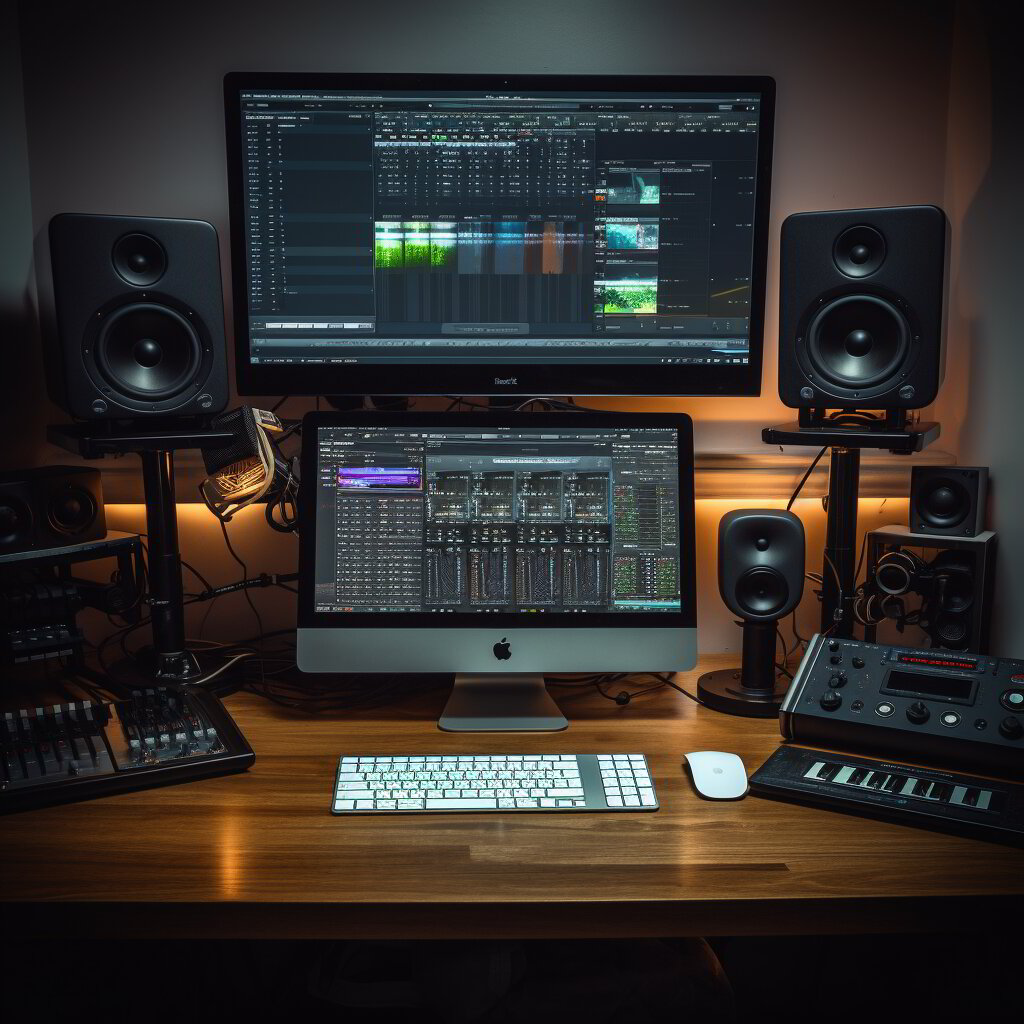Choosing the Best Digital Audio Workstations for Low-End PCs: A Practical Guide for Music Lovers
Finding the perfect Digital Audio Workstation (DAW) can be a daunting task, especially if you’re working with a low-end PC. Many music lovers at theautonomics.com have expressed this concern, wanting powerful tools without breaking the bank or upgrading their hardware. This guide provides practical advice and assistance in selecting the best digital audio workstations for low-end PCs, helping you navigate the options and find the ideal DAW to match your budget and system capabilities. This article focuses on best digital audio workstations for low-end PCs, providing insights into several excellent choices.
Explore
Understanding Your Low-End PC’s Limitations
Before diving into specific DAW recommendations, it’s crucial to understand what constitutes a "low-end" PC in the context of audio production. This typically refers to systems with limited RAM (less than 8GB), slower processors, and potentially integrated graphics. These limitations directly impact the number of tracks, plugins, and effects you can use simultaneously without experiencing latency (audio delay) or crashes. The best digital audio workstations for low-end PCs are designed to minimize resource demands while still delivering professional-quality results.
Essential Factors to Consider
When choosing the best digital audio workstations for low-end PCs, several key factors should guide your decision:
- RAM: More RAM is always better, but low-end PCs often have less. Choose a DAW known for its efficient memory management.
- Processor: A powerful processor is vital for handling complex projects. Look for DAWs optimized for multi-core processors, even if yours isn’t top-of-the-line.
- Storage: Sufficient storage space is needed for your audio files and project files. Consider using external hard drives if internal space is limited.
- Operating System: Ensure the DAW is compatible with your operating system (Windows or macOS).
- Plugin Compatibility: Check if the DAW supports the plugins you intend to use. Some plugins are more resource-intensive than others.

Top Choices: Best Digital Audio Workstations for Low-End PCs
Now, let’s explore some of the best digital audio workstations for low-end PCs that offer a great balance of features and performance.
Cakewalk by BandLab

Cakewalk is a completely free DAW, offering a surprising array of features considering its price tag. Its lightweight design makes it ideal for low-end PCs, allowing for smooth performance even on less powerful systems. It boasts a comprehensive collection of virtual instruments and effects, making it a powerful choice for both beginners and experienced users seeking the best digital audio workstations for low-end PCs. While it’s free, it doesn’t compromise on quality. Many consider it one of the best digital audio workstations for low-end PCs available.
LMMS
LMMS is another free and open-source DAW that’s surprisingly capable. Designed to be lightweight and efficient, it’s a strong contender for the title of best digital audio workstations for low-end PCs. It offers a user-friendly interface and supports various file formats, making it accessible to a wide range of users. Its simplicity doesn’t mean it lacks power; it’s a robust option among the best digital audio workstations for low-end PCs.
Studio One Prime
While not entirely free, Studio One Prime offers a generous free version with many core features. This makes it a fantastic entry point for those seeking the best digital audio workstations for low-end PCs without a large upfront investment. Its intuitive drag-and-drop interface and efficient workflow are well-suited to less powerful systems. Studio One Prime is a compelling option in the search for best digital audio workstations for low-end PCs.

Reaper
Reaper is a powerful and versatile DAW known for its efficiency and customizability. While not specifically designed for low-end PCs, its highly optimized engine allows it to run smoothly on less powerful systems, making it a popular choice among those seeking the best digital audio workstations for low-end PCs. Its affordability and extensive features make it a strong contender. It’s a serious option when searching for best digital audio workstations for low-end PCs.
Audacity
Audacity is a free, open-source, multi-track audio editor and recorder. Primarily focused on audio editing and mastering, it’s incredibly lightweight and consumes minimal resources, making it an excellent option for low-end PCs, particularly for tasks such as recording and basic editing. While not a full-fledged DAW with MIDI capabilities, it is a superb choice for those specifically looking for audio editing capabilities in the best digital audio workstations for low-end PCs category.
Optimizing Your Workflow for Low-End PCs
Even with the best digital audio workstations for low-end PCs, optimizing your workflow is crucial for smooth performance. Here are some tips:
- Reduce Buffer Size: A smaller buffer size reduces latency but increases CPU load. Experiment to find the optimal balance.
- Use Fewer Plugins: Plugins consume significant resources. Use only the essential plugins and avoid overusing effects.
- Bounce Tracks: Combine multiple tracks into one to reduce the CPU load.
- Use High-Quality Sample Rates and Bit Depths Wisely: Higher sample rates and bit depths produce better audio quality but demand more processing power. Choose the minimum quality needed for your project.
- Close Unused Applications: Close any unnecessary applications running in the background to free up system resources.
- Regularly Defragment Your Hard Drive: A defragmented hard drive improves read/write speeds, which can positively impact DAW performance.
Choosing the Right DAW: A Personalized Approach
The quest for the best digital audio workstations for low-end PCs is ultimately a personal one. Consider your specific needs, budget, and technical skills when making your decision. Each DAW mentioned above offers unique strengths and weaknesses, and the ideal choice will depend on your individual workflow and project requirements. Remember to download trial versions or explore the free versions before committing to a full purchase.
Beyond the Software: Hardware Considerations
While the best digital audio workstations for low-end PCs can mitigate some performance issues, upgrading certain hardware components can significantly improve your workflow. Adding more RAM is the most impactful upgrade you can make. If possible, consider upgrading your hard drive to an SSD (Solid State Drive) for faster read/write speeds, leading to less latency.
Conclusion: Unleashing Your Creative Potential
Finding the best digital audio workstations for low-end PCs doesn’t mean compromising on your creative vision. With careful consideration of your system limitations, workflow optimization, and the selection of a suitable DAW from the options discussed, you can achieve professional-quality results without needing a high-end machine. Embrace the power of efficient software and smart strategies to unlock your musical potential. The right DAW, coupled with smart practices, can transform your low-end PC into a capable music production powerhouse.
